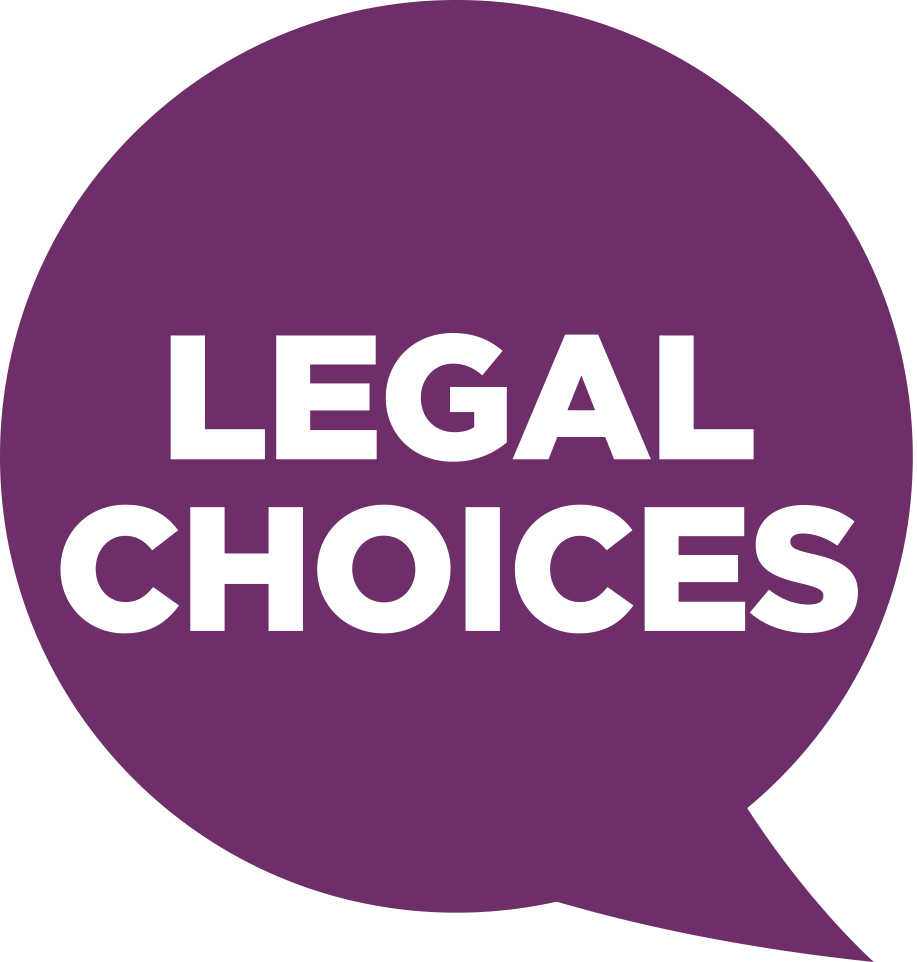29.01.18
The future of legal tech
A brief overview of "Innovation in the legal services market – regulation, competition and technology" by Natalie Sweeney, Practitioner Authorisation and Supervision Manager.
As a new staff member of CILEx Regulation and a “newbie” to regulation, I attended the Westminster Legal Policy Forum on “Innovation in the legal services market – regulation, competition and technology”. I must admit, I was somewhat apprehensive.
I parked my car at the station and paid my parking fee by the “new” pay-by-phone facility. I used the parking app, which my daughter, a millennial child, had previously set up on my phone whilst at home. It was great! It identified the correct parking location and sent me a text confirming my one-day parking allowance. New technology can make life so easy.
Ever wished accessing the legal industry was as simple? I bet you have. Well, fear not: changes have been made and continue to be made as I write.
I am happy to say that today’s consumer, technology-driven world is starting to influence innovation in the legal sector.
Technology and artificial intelligence (AI) are already improving the efficiency of delivering legal services; and regulatory bodies, individual firms and others are reaching out to meet the needs of today’s legal consumer. Incorporating new technology and AI can add value, contributing to better transparency, standards, quality, accountability and pricing.
AI software programmes are already being used in many areas such as automatically reviewing legal documents, saving valuable time and reducing the dreaded by-the-hour bill, freeing up lawyers to work on the technical bits.
Consumers want ready, easy and clear access to the legal market, transparent prices, quality of service and, of course, they expect to be protected. This requires bespoke regulation and innovation. Led by the Legal Services Board, the overseer of all legal regulatory bodies, the legal sector is actively innovating in all areas including, education, qualification, assessment – as well as practice structure, administration and IT.
It’s also important to ensure that there’s recognition of the potential for consumer harm too, especially when looking to introduce innovation. Remember my parking app? Well, when I got back to my car, all enthused with the possibilities for the future, I found one of those horrid yellow-and-black parking fines firmly fixed to my car. I’d used the wrong app! And regulators are considering the potential pitfalls of introducing technology into legal services too, so that hopefully in the future you can access legal services successfully.

